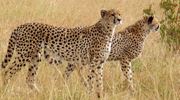What makes the Masai Mara so Special
The Masai Mara lies along the Great Rift Valley in southwest Kenya, bordering Tanzania's Serengeti National Park.
Experience the journey of a lifetime with an Asilia Masai Mara safari, the awe-inspiring wildlife reserve in Kenya's southwest region bordering Tanzania. The Masai Mara National Reserve and its surrounding conservancies are Kenya's crown jewel of natural beauty and biodiversity.
By day, feast on the drama of the Great Migration, the thrill of spotting a cheetah on a hunt, or the grace of a leopard lazily lying on a branch. Immerse yourself in the Maasai people's wisdom, cultures, and traditions, who have lived in harmony with this land for centuries. As the day starts to wane, witness the golden light of late afternoon sunsets while sipping your favourite cocktail. Enjoy the romance of the moment, the changing light as the sun slowly slips behind an iconic flat-topped acacia, with plains game silhouetted against the horizon.
As darkness falls, take in the splendour of the night sky accompanied by the whooping of hyena and the roar of lion penetrating the silence. A Masai Mara safari with Asilia is more than just a holiday; it's a life-altering adventure. With Asilia Africa, you can embrace it in the best way possible. Join us now and explore one of the world's most incredible natural wonders.
Gallery
Browse our image and video galleries below to see some of the wildlife, scenery, activities and accommodation in the Greater Masai Mara.
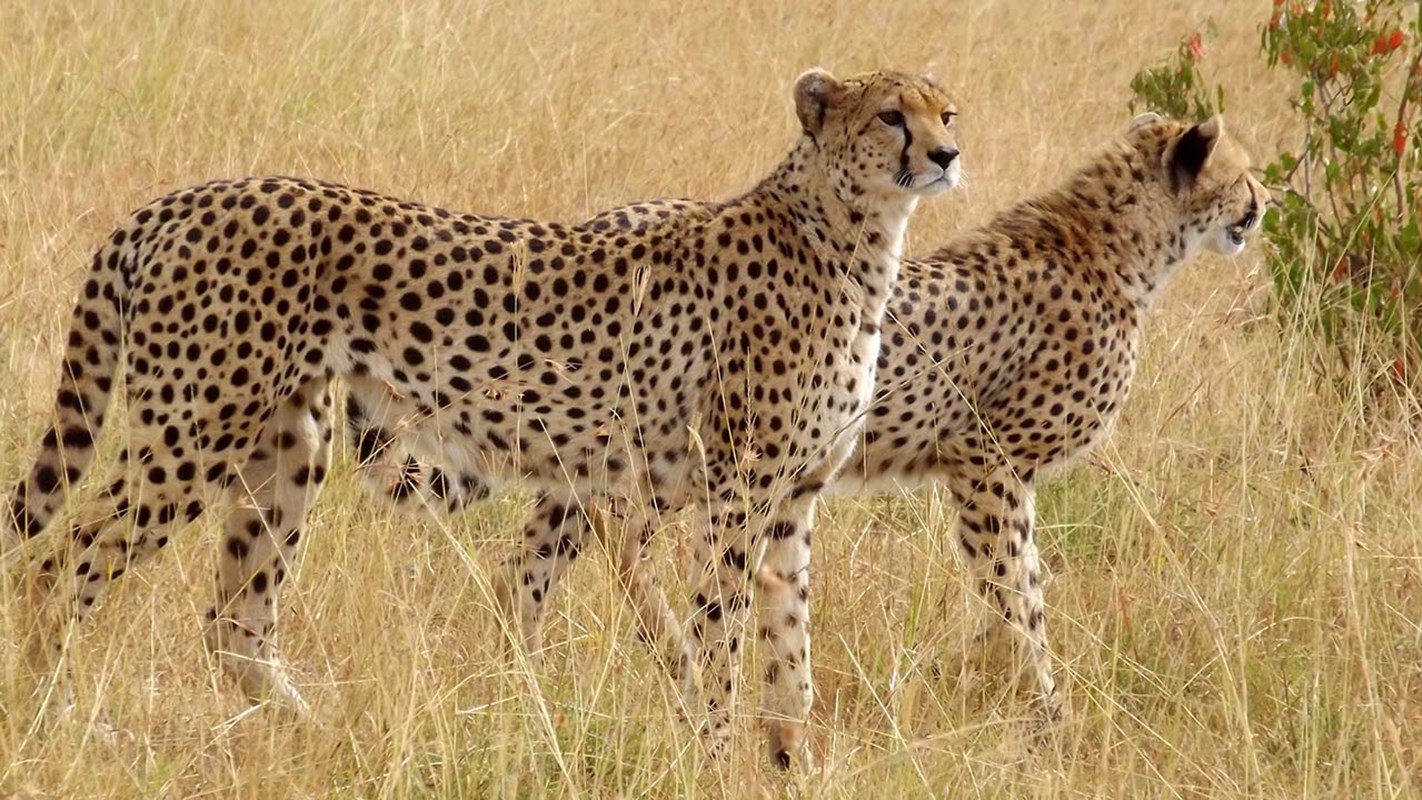
Guests stopping for a drink and snack while out exploring the region on a game drive.

Encounters with wildebeest out on the open plains.

We are incredibly proud of the amazing people who are a part of our Asilia family.
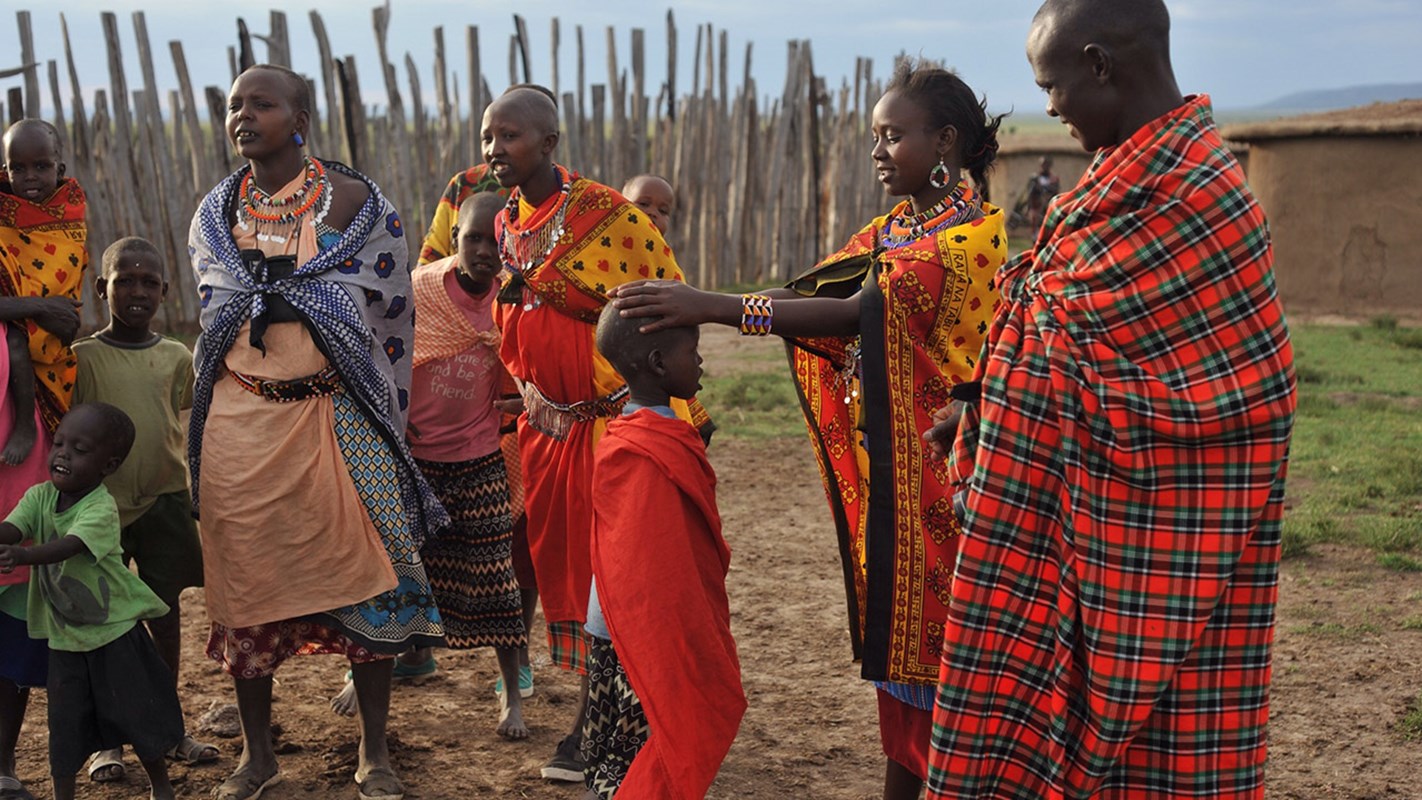
Community visits are a wonderful and informative way of experiencing local cultures.
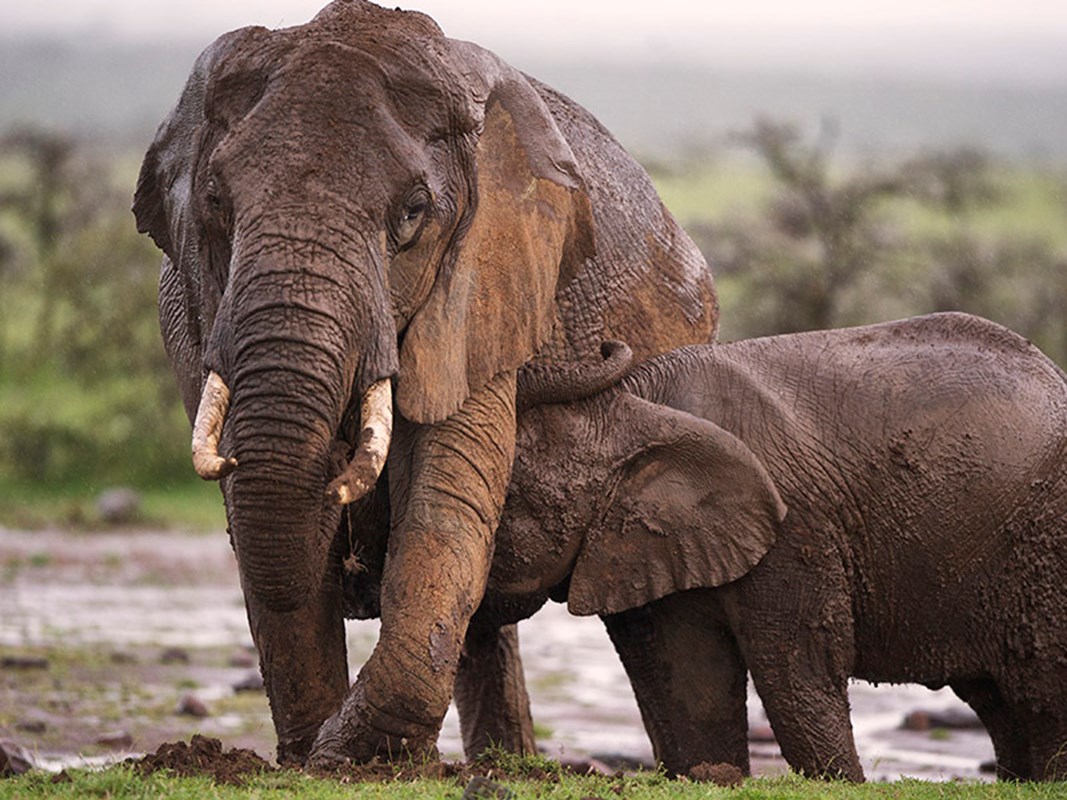
A young elephant calf follows closely behind its mother.
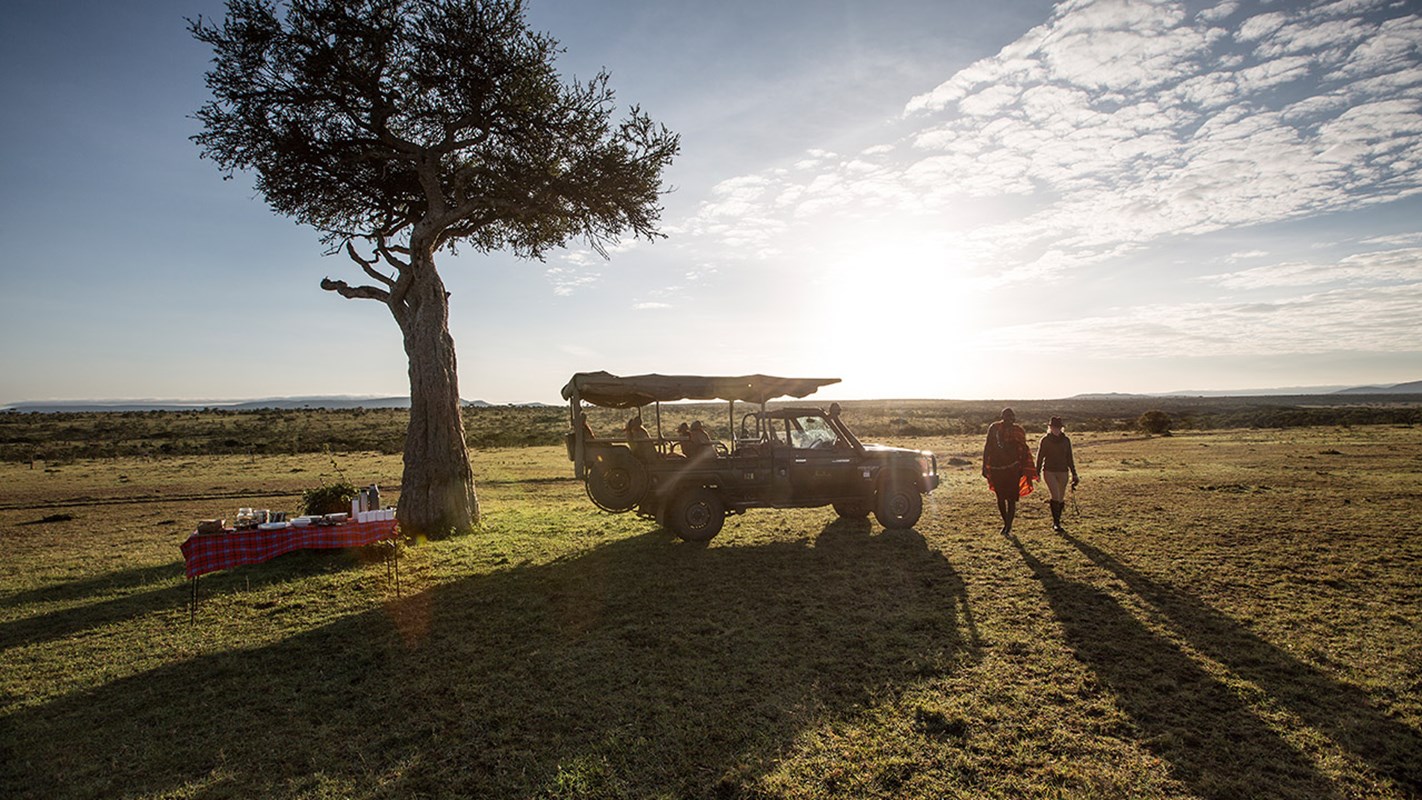
A leopard basks in the morning sunlight.
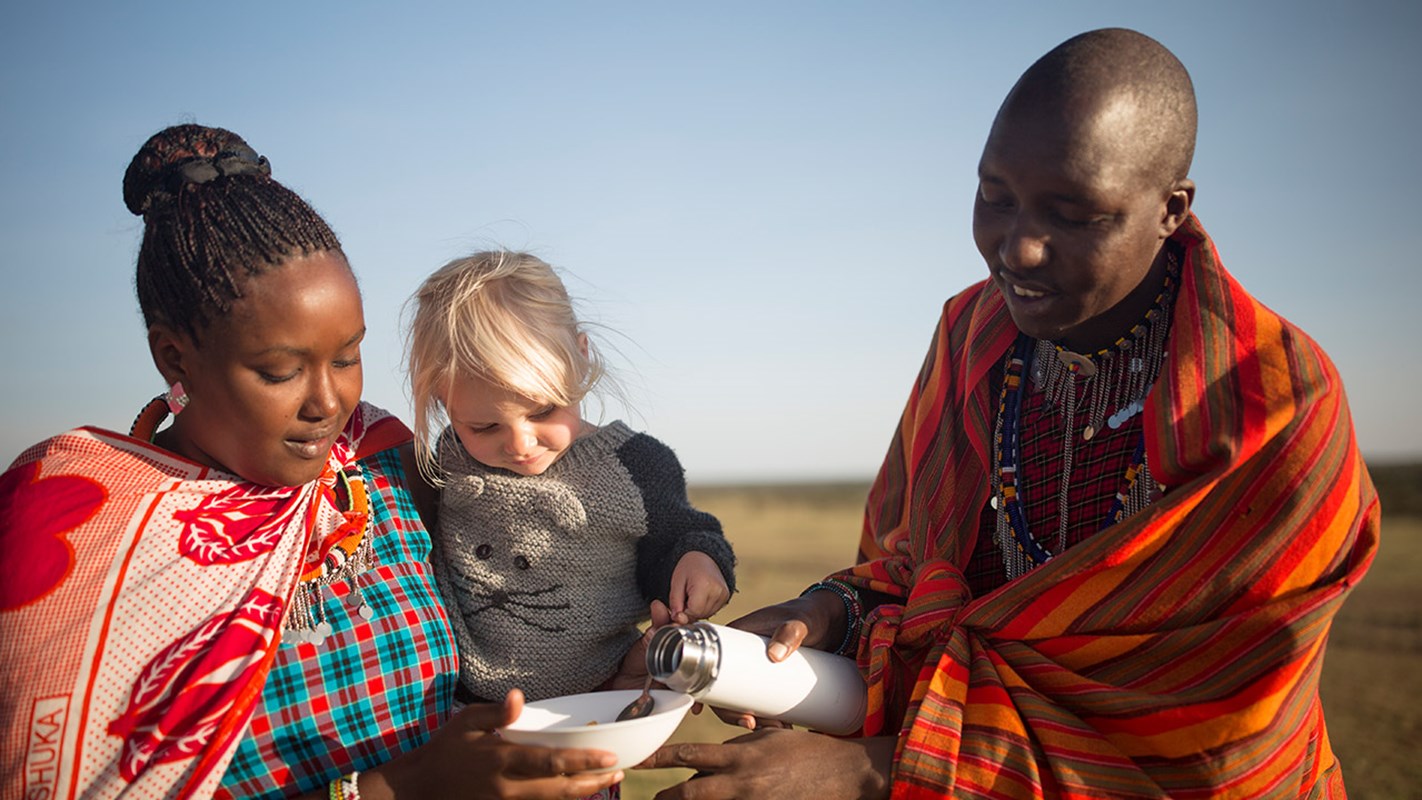
A lioness cools down with a drink.
Top 6 Masai Mara Activities
Wildebeest Migration: The glittering jewel in the crown of the Masai Mara is arguable the annual migration of thousands of zebra and wildebeest that occurs annually. From the dramatic river crossings to the sight of grazing herds as far as they eye can see – it’s one not to be missed.
Game Drives: Our custom-designed and resilient 4x4s come equipped with power points and fridges to ensure complete comfort while exploring the Mara and getting close to spectacular wildlife.
Photographic Safaris: You can capture wildlife shots at eye level for stunning photos from our specially modified photography vehicle at Naboisho Camp. Equipped with essential gear like camera rests, beanbags, and 360° swivel seats, you'll have everything you need to capture award-winning wildlife photographic memories.
Big-Cat Conservation: Learn about the Masai Mara's famous big cats by visiting Kenya Wildlife Trust research units, or have researchers come to you and share their work at Asilia Africa's Rekero Camp.
Cultural & Community Visits: Join our guides on visits to their local communities to learn about the diverse cultures and traditions of the Maasai lifestyle or visit The Maa Trust to experience one of the most successful community development and upliftment programs in the country.
Hot-air Balloon Rides: Experience the East African landscapes from a unique birds-eye perspective and capture breathtaking photographs as you float silently through the sky in a hot-air balloon.
Video Gallery
Getting to the Masai Mara
For the most convenient access to your desired camp, we suggest flying into Nairobi International Airport (NBO), followed by a road transfer across town to Wilson Airport. Flying time to the Mara is usually about an hour, landing at the airstrip closest to your camp. Your safari guide will meet you at the airstrip for your drive to camp.
Masai Mara Safari Camps
Experience the ultimate wildlife safaris at our boutique and welcoming Masai Mara camps. Get close with awe-inspiring animals and explore the region with our knowledgeable local guides. Choose from Encounter Mara Camp, Naboisho Camp, or Rekero Camp for guaranteed unforgettable adventures.
Encounter Mara Camp: Encounter Mara is a sustainable camp in the private community-operated Mara Naboisho Conservancy. The 10-tent camp offers unparalleled privacy and prolific wildlife viewing, alongside opportunities for genuine cultural interactions.
Naboisho Camp: Naboisho, also located in the private conservancy neighbouring the National Reserve, provides a picturesque camp environment for passionate wildlife lovers. Immerse yourself in the variety of activities offered, enjoying game drives, walking safaris, and night drives in this game-rich environment.
Rekero Camp: Rekero boasts breathtaking views of a critical migration crossing point over the Talek River. Its prime location allows for optimal wildlife sightings in the Masai Mara throughout the year.
 Lodge
Lodge
Encounter Mara
Situated on the edge of the savannah under the shade of acacia trees, Encounter Mara is a 10-tent camp within the Mara Naboisho Conservancy, bordering the famed Masai Mara reserve in southwest Kenya.
 Lodge
Lodge
Naboisho Camp
The Mara Naboisho Conservancy in southwest Kenya is a dream for wildlife enthusiasts. As well as cheetah, elephant and giraffe, the area has one of the highest concentrations of lion in the world.
 Lodge
Lodge
Rekero Camp
Witness the greatest wildlife concentration and diversity in the world in the heart of the Masai Mara in Kenya. The camp overlooks the Talek River migration crossing point.
Masai Mara Itineraries
Experience the Masai Mara just as you imagined with a personalised itinerary tailored to your preferences by Asilia Africa. Our expert and knowledgeable team will guide you through the entire process and offer valuable insights and suggestions to ensure an unforgettable safari adventure. Get in touch with us today to begin planning your Masai Mara safari.
 itinerary
itinerary
All Asilia: Reserve circuit
Experience the best of Tanzania and Kenya in style and comfort over 10 days.
 itinerary
itinerary
All Asilia: Kenya circuit
Embark on this thrilling safari adventure through Kenya over 9 days.
 itinerary
itinerary
All Asilia: Family safari with younger children
Discover the hidden wildlife gems of Kenya’s famous safari circuit with your family.
 itinerary
itinerary
Best Bush & Beach Families
A family safari is a holiday like no other. You’ll create memories that will last a lifetime, enjoy new experiences together and spend quality time away from the distractions of the real world. You wi…
 itinerary
itinerary
Kenya Explored
Uncover some of Kenya’s most wildlife-rich and scenically stunning landscapes on this exciting safari.
 itinerary
itinerary
Kenya’s Ultimate Highlights
This itinerary offers an experience of the essence of Kenya, starting with a night in Nairobi and then 3 nights each in two different safari locations. The exploration can end there or continue for an…
 itinerary
itinerary
Mara Uncovered
The Greater Mara Area refers to the Masai Mara Reserve as well as the private conservancies adjacent to the reserve and in the surrounding area. By combining the Masai Mara with the Mara Naboisho Cons…
 itinerary
itinerary
Explore East Africa
For a safari experience that captures some of the best locations and experiences on offer across Kenya and Tanzania (and optionally, Zanzibar), look no further than this itinerary. Incorporating the M…
 itinerary
itinerary
Lake and Mara
Don’t be fooled by the length of this safari, it may be short, but it packs a punch combining two of Kenya’s most iconic destinations - The Rift Valley and The Masai Mara!
 itinerary
itinerary
Pure Kenya
Pure Kenya is ideal for those who wish to experience African wilderness in the legendary Chyulu Hills, combined with incredible sightings of Africa’s Big Five in the famous Masai Mara.








